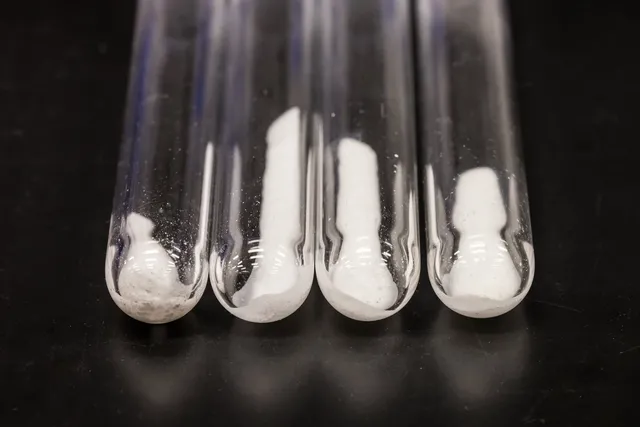In the dynamic world of technological innovation, Microsoft, in collaboration with the Pacific Northwest National Laboratory (PNNL), is making significant strides in the field of battery technology. By harnessing the power of artificial intelligence (AI) and high-performance computing, this partnership is revolutionizing the search for new battery materials. Their efforts have led to a promising discovery: a new solid-state electrolyte that could pave the way for safer, more efficient batteries.
The Imperative for Advanced Battery Solutions
The modern world’s dependency on batteries spans from essential personal devices to large-scale renewable energy systems. The growing demand for electric vehicles (EVs), coupled with the urgent need for sustainable energy storage, has intensified the search for innovative battery materials. Traditional lithium-ion batteries, while prevalent, face limitations in efficiency, lifespan, and environmental impact. This scenario sets the stage for a technological revolution, one where a new battery material could be a game-changer.
Microsoft and PNNL’s Collaborative Approach
Microsoft’s Azure Quantum Elements (AQE), a platform that combines high-performance computing and AI, was instrumental in expediting the search process. By utilizing AQE, researchers were able to query for battery materials that use less lithium, resulting in the identification of approximately 32 million potential candidates. AI algorithms swiftly narrowed down the options to 500,000 stable materials, factoring in conductivity, practicality, cost, and availability.
After additional screening, only 23 candidates remained, of which five were already known materials. The entire process, which would have been virtually impossible without AI and AQE, took a mere 80 hours. As Vijay Murugesan, a staff scientist at PNNL, highlights, the human effort required to manually sift through 32 million materials is inconceivable.
The Potential New Battery Material
The newly discovered solid-state electrolyte offers significant advantages over traditional lithium-ion batteries. It is less prone to bursting into flames and consumes less lithium, a critical resource in high demand for rechargeable electric vehicle (EV) batteries. While further testing is required to ascertain the material’s viability, scientists are particularly excited about the speed at which they reached this breakthrough, thanks to generative AI.
One of the most promising aspects of the new battery material is its use of a combination of lithium and sodium, the main component of salt. Microsoft estimates that this material could reduce sodium consumption in batteries by up to 70%. Additionally, it has the potential to enable the creation of solid-state batteries, which are safer than current lithium-ion batteries due to their liquid electrolytes.

Challenges and Future Research
However, the challenge lies in overcoming the lower energy conductivity exhibited by solid electrolytes compared to their liquid counterparts. Lab tests revealed lower conductivity than initially predicted, indicating the need for further research and development. Although this particular material shows promise, it is important to note that many potential battery materials undergo extensive testing and refinement before reaching the market.
Environmental Impact and Sustainability Goals
While AI-powered material discovery offers immense potential, it is crucial to address the environmental impact of generative AI. The energy-intensive nature of computing and AI algorithms calls for increased efficiency and the utilization of clean energy sources to power data centers. This emphasizes the need for improved batteries to support advancements in computing while reducing greenhouse gas emissions.
Krysta Svore, the leader of the Microsoft Quantum – Redmond (QuArC) group, emphasizes the urgency of compressing centuries of scientific discovery into two decades to safeguard the planet. The results from Microsoft’s collaboration with PNNL highlight the ability of AI and high-performance computing to accelerate scientific breakthroughs and propel us towards a sustainable future.
Conclusion
Microsoft‘s AI-driven collaboration with PNNL is a testament to the transformative power of AI and high-performance computing in the realm of scientific discovery. The discovery of a new solid-state electrolyte is a significant step towards developing safer and more efficient batteries. However, it’s crucial to continue testing and refining this material before it can be commercialized. As we forge ahead in scientific advancements, addressing the environmental impact and striving for increased computing efficiency and cleaner energy sources remain imperative. This breakthrough not only marks a milestone in battery technology but also underscores the potential of AI and computing to revolutionize our approach to global challenges.
Keep Exploring: Click here for More Captivating Content
